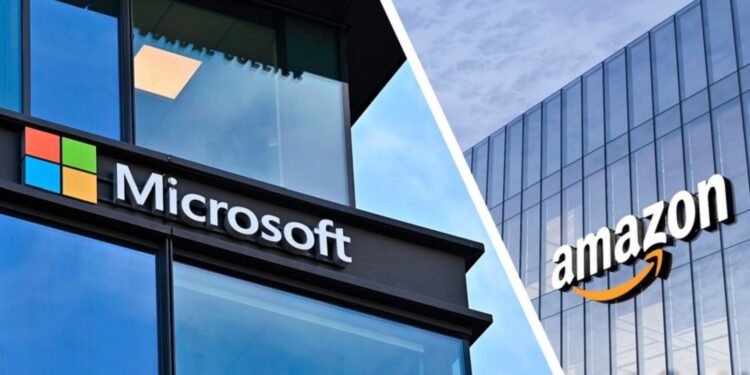In a move that has sent ripples of anxiety across the global tech landscape, two of the United States’ most dominant technology companies, Amazon and Microsoft, have announced significant mass layoffs. This comes at a seemingly paradoxical time, as both companies continue to pour billions into the burgeoning field of Artificial Intelligence (AI), leading many to question the future of human employment in an increasingly automated world.
Microsoft, in particular, is undergoing a substantial reorganization, with reports indicating thousands more job cuts are planned, especially within its Xbox division and global sales teams, following a substantial reduction of approximately 6,000 roles in May. This marks the fourth major layoff for Xbox in the last 18 months, signaling a relentless drive for efficiency and a strategic pivot towards AI-centric operations. Microsoft’s hefty investments, including an $80 billion commitment in FY25 for AI infrastructure, are putting pressure on operating margins, making workforce reductions a key strategy for cost-cutting.
Similarly, Amazon CEO Andy Jassy has been explicit about the ongoing nature of job cuts, stating that AI will lead to a reduction in the company’s corporate workforce over the next few years. “We will need fewer people doing some of the jobs that are being done today,” Jassy wrote in an internal memo, emphasizing efficiency gains from extensive AI integration. Amazon has already shed over 27,000 employees since late 2022, including recent cuts in its devices and services units.
The announcements highlight a growing trend where AI, while promising unprecedented innovation and productivity, is also becoming a direct catalyst for job displacement. While some argue that AI will create new roles, the immediate impact for many in traditional tech functions appears to be redundancy. Experts suggest that routine tasks, especially in areas like sales, administrative roles, and even some aspects of software development, are increasingly susceptible to automation.
This wave of layoffs underscores a critical shift in the tech industry’s workforce strategy. Companies are aggressively reallocating resources, prioritizing highly specialized AI talent and infrastructure development over broader headcount. The question remains: as AI continues its rapid ascent, how will the global workforce adapt to a future where machines handle an ever-expanding array of tasks, and what responsibility do tech giants bear in facilitating this transition?
















